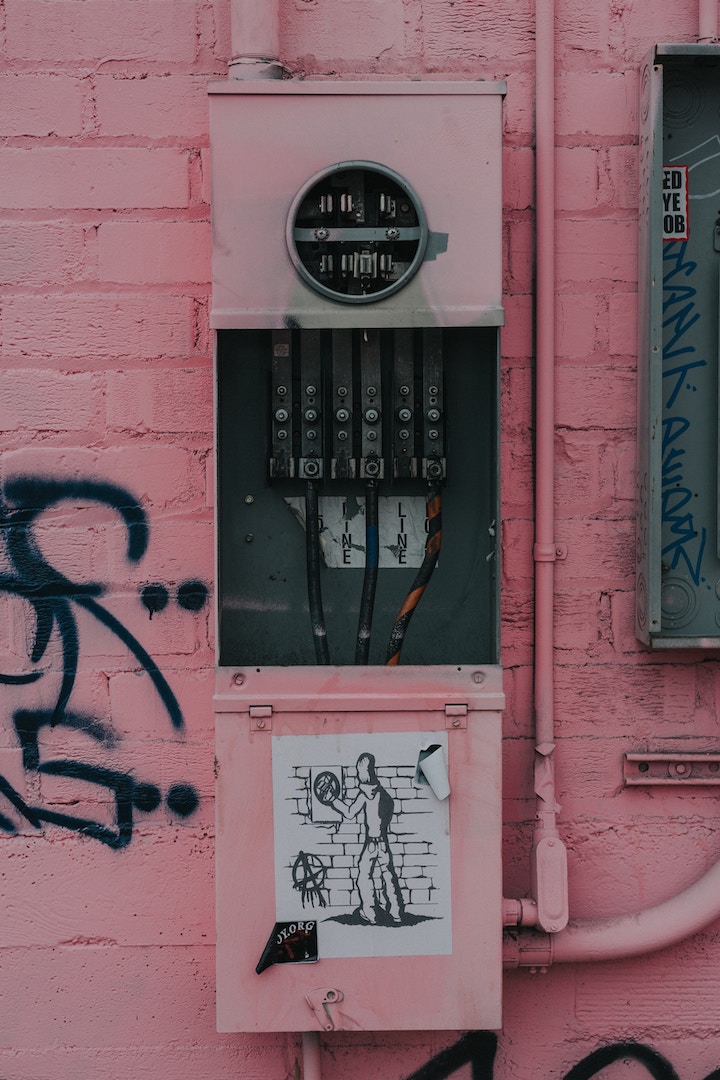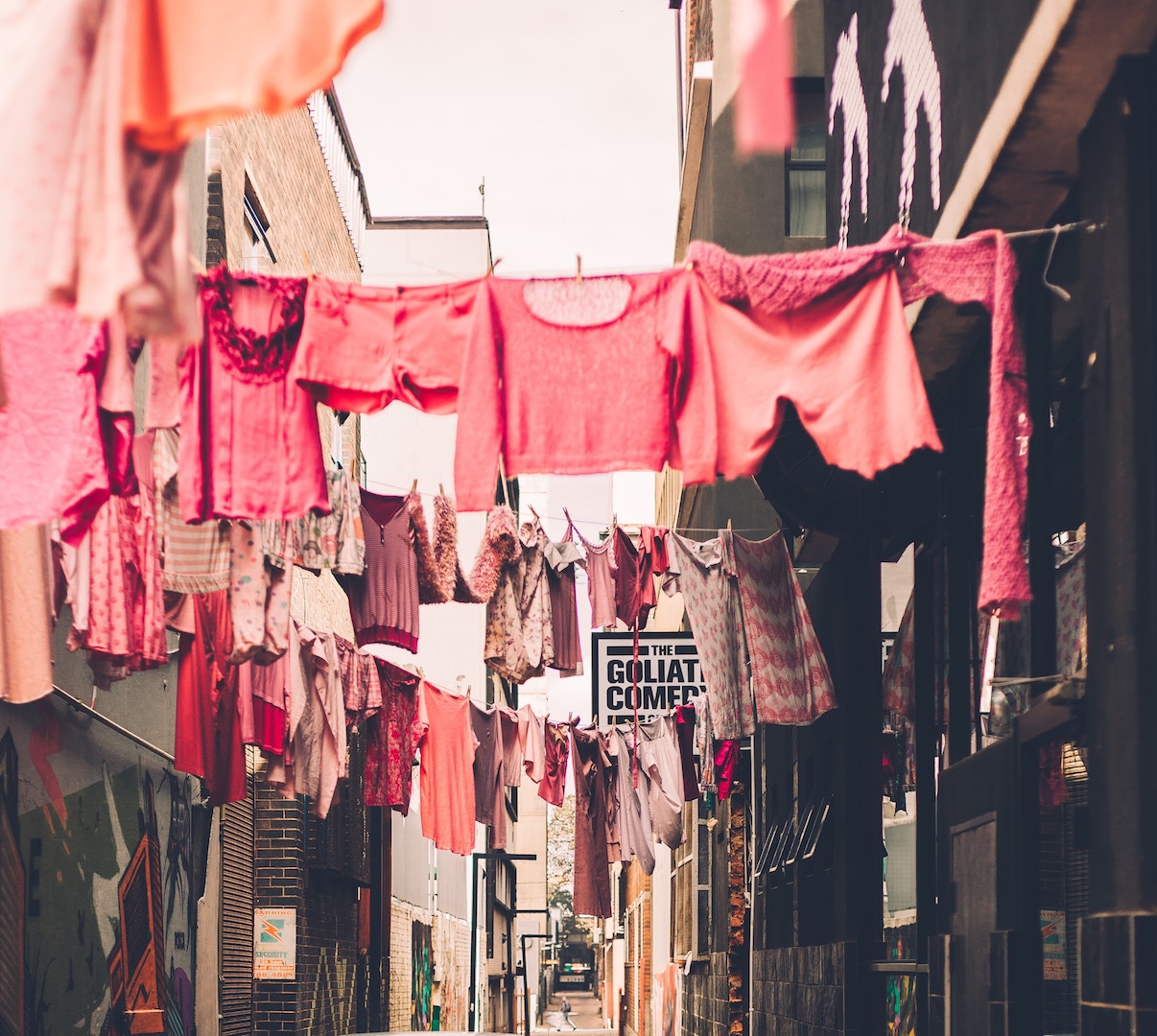Brexit got your budget in a muddle? Rising energy costs have you worried about keeping the lights on? Climate change warnings causing a spot of soul searching? Or do you simply want to use those screens a little less and look up at the real world a little more? Whatever the reason for that sudden urge to cut down on your surge, we’re here to help, with these; our 5 IDEAL tips on lowering your electricity bill.
CHECK YOUR TARIFF
Your lean, clean, green domestic machine all starts with your tariff. So, begin by making sure you are on the best possible tariff with the best possible energy supplier. Although it may seem like a mountain of bureaucracy, moving supplier on a regular basis can save you buckets on your bill (and it’s actually not as complicated as it sounds).
A new company will often be more than willing to organise a better tariff for you, desperate as they are to secure your custom, especially if they can supply more than just your electricity. Note that if you fall behind with your payments, make sure that you contact them immediately to make arrangements to catch up as they could ask you to move to a prepayment meter which is a more expensive option for your supply.
KEEP METER READINGS UP TO DATE
Make sure that you’re providing your supplier with the most up to date meter readings; if bills are estimated you could find yourself paying too much in advance or having to find more money down the line as the debt builds. And that’s a nasty surprise no one wants, right? Therefore, it’s worth having a meter installed to keep track of your electricity usage. The meter will also indicate the points in the day when the usage is at its highest, so you can adjust your consumption habits accordingly.
DON’T WASTE WATER
Excessive water use is a drain on the household bills and the globe’s finite resources. So first things first, get any leaks fixed. You should only use water in your home when you absolutely need to because otherwise, you’re just being wasteful. That means turning off the tap while you’re brushing your teeth, taking shorter showers and the rest. Indeed, most of us don’t even realise how much water we use when flushing a toilet or filling up a glass of water at the sink.
Much of the water we use is heated, and according to the National Trust, around 30 per cent of the average household gas bill is spent on heating. Therefore, by saving water you’ll be saving energy and this in turn will reduce your carbon dioxide (CO2) emissions.
GO BACK TO BASICS
Cut down on the use of appliances such as washing machines, tumble dryers and dishwashers by going back to basics. Yep, that’s right, we’re talking hand washing clothes and dishes, and drying outside, ‘on the line’, old school style.
Take a holistic approach to everyday actions; cook effectively using glass and ceramic pots and dishes as they are much more efficient when heated. Use the correct size burner for your food and reduce cooking time by putting lids on your pots. A gas hob is more cost effective than an electric one, as is batch cooking meals for the week and defrosting food well in advance without the use of a microwave. Little steps, we know, but all contributory to the bigger, greener picture.
USE ENERGY EFFICIENT APPLIANCES & EQUIPMENT
Consider, too, the appliances that you own, and how effectively and capably they run, especially those that use a good deal of electricity, like fridges, washing machines and dishwashers. Nowadays, these products are sold with an energy rating sticker located front and centre, so that you’ll know which product will save you energy costs in the long-run.
In the colder months, avoid using electric heaters as most types use loads of electricity. You should also consider the switch to energy saving light bulbs and make sure that you switch the lights off in the rooms that no-one is using. Dimmer switches are also worth using as often the light does not have to be on at full power and a lower light uses less electricity. What’s more, you should switch technology off instead of keeping it on standby mode. Result!








